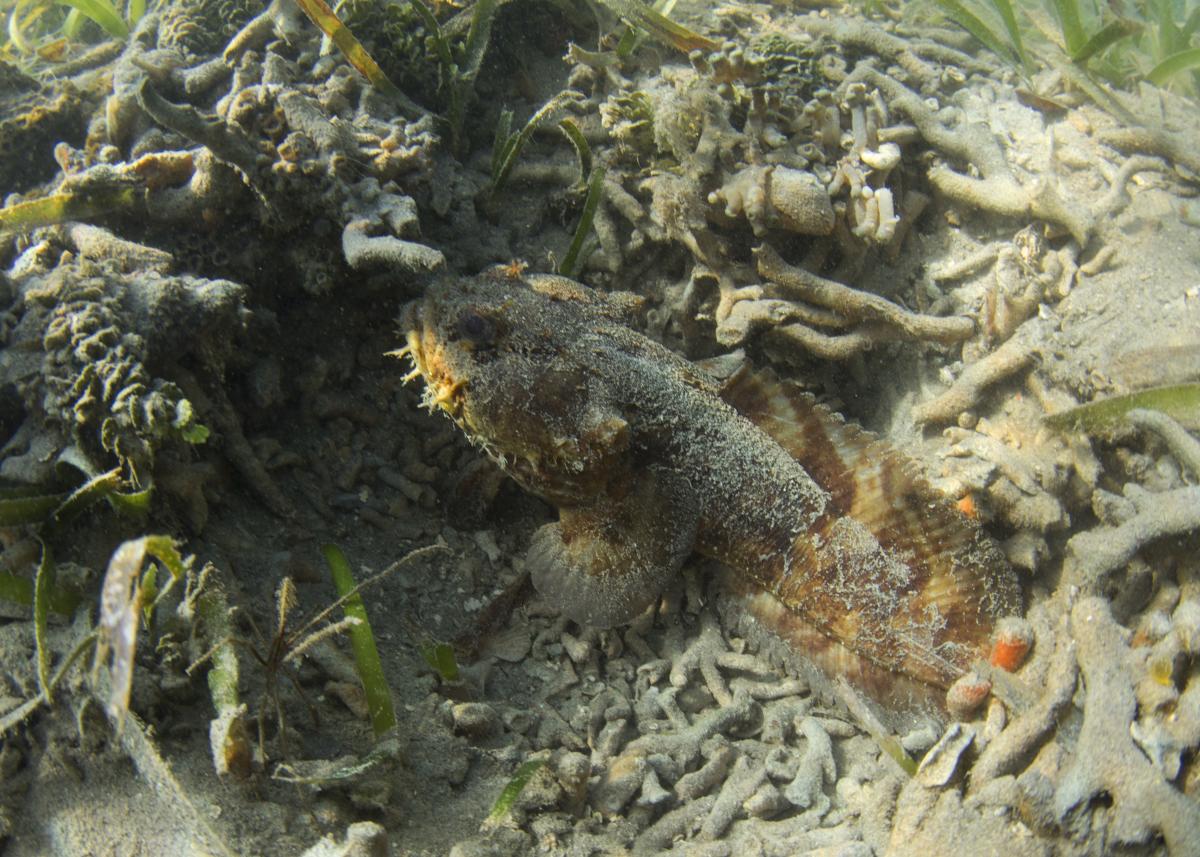by Kristen Minogue

Coral reefs are home to some of the most colorful, diverse life on the planet. And yet, for all their fame as biodiversity hotspots, it’s estimated that divers see less than half of the fish species that live there (and that’s not counting all the invertebrates like shrimp and crabs). The invisible or “hidden half” consists of fish that aren’t active until nightfall, or conceal themselves in the reefs’ many nooks and crevices.
“Even when you are in the water looking at an animal or a habitat, there’s a lot that you can miss because it’s cryptic or hiding,” said Erica Staaterman, a marine biologist and former postdoc with the Smithsonian Environmental Research Center.
Staaterman is using another strategy to reveal some of the ocean’s more reclusive creatures: Instead of merely looking, Staaterman listens. The field’s official name is bioacoustics, the science of how animals produce and respond to sound. On land, scientists have seen links between biodiversity and bioacoustics activity, but how closely sound and biodiversity are linked in the marine realm is still a mystery. Staaterman and a team of biologists from the Smithsonian’s MarineGEO network (Marine Global Earth Observatories) tested some new techniques in a study published July in the journal Marine Ecology Progress Series.
